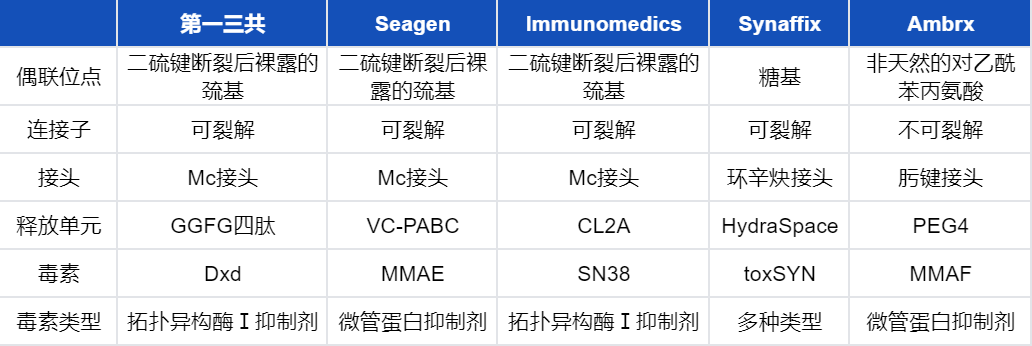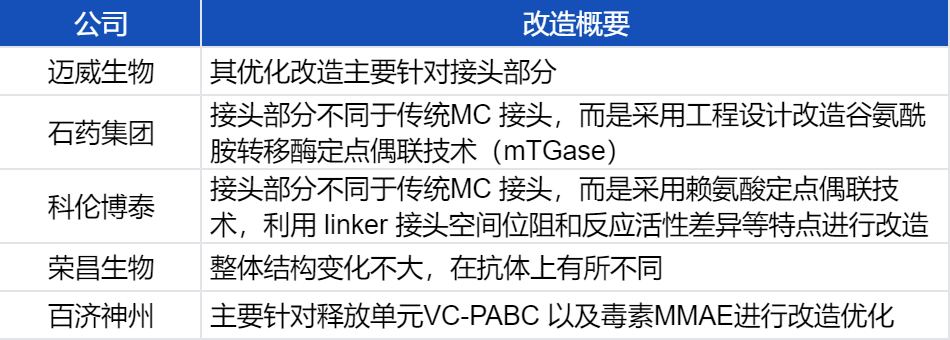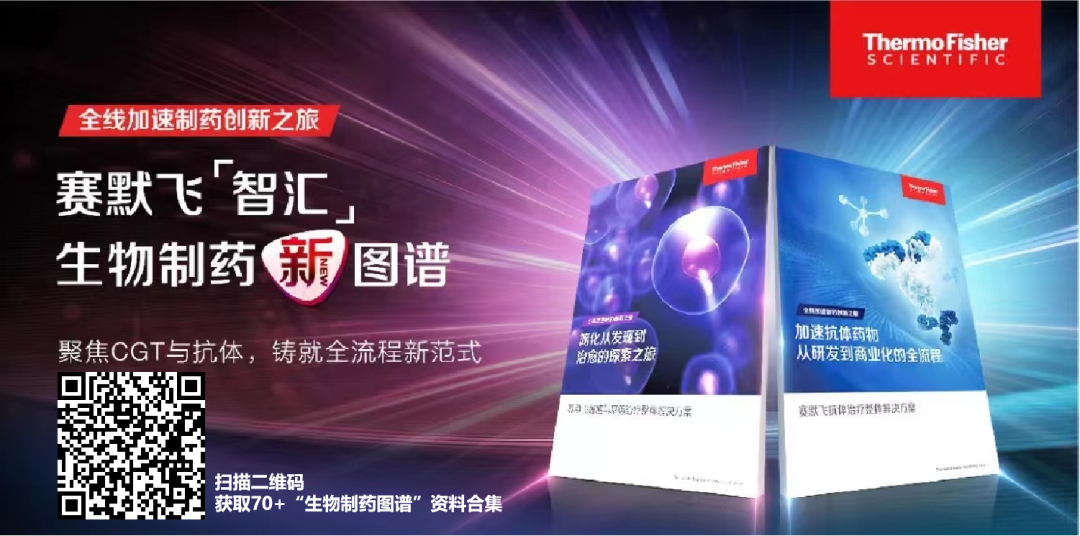Representative ADC Technology Platforms
 Table 1. Summary of Representative ADC Technology Platforms
Table 1. Summary of Representative ADC Technology PlatformsDomestic ADC Technology Platforms
1
Modification Based on Daiichi Sankyo’s Technical Route
-
Antibody:Select different antibodies based on different targets, connecting to linkers through exposed sulfhydryl groups after breaking disulfide bonds. -
Mc Linker:Maleimido Capronic, as the linker part, can be coupled to the exposed sulfhydryl groups after the disulfide bonds of the antibody are broken. -
GGFG Tetrapeptide:Glycine-Glycine-Phenylalanine-Glycine, which can release the free active payload DXd through enzymatic hydrolysis inside the cell. -
Toxin Dxd:Topoisomerase camptothecin derivative drugs like irinotecan. -
DAR Value n:The ratio of toxin to antibody can be determined as needed.


Table 2. Modifications Based on Daiichi Sankyo’s Technical Route
2
Hengrui Medicine: Modifications Targeting Toxin DXD

Table 3. Hengrui ADC Product Development Progress
3
Modifications Based on Seagen Technical Route
-
Mc Linker: Maleimido Capronic linker -
VC-PABC: i.e., aspartic acid-citrulline-p-aminobenzyl alcohol -
Toxin MMAE: A microtubule inhibitor monomethyl auristatin E, a synthetic pentapeptide derived from sea hare toxin-10


4
Other ADC Drug Technical Routes



Outlook




